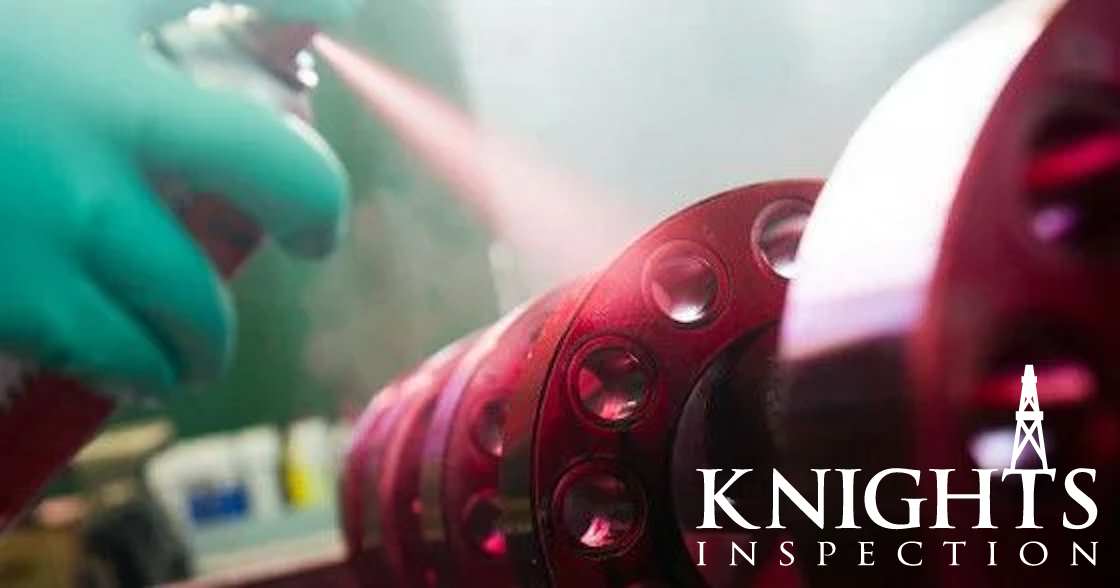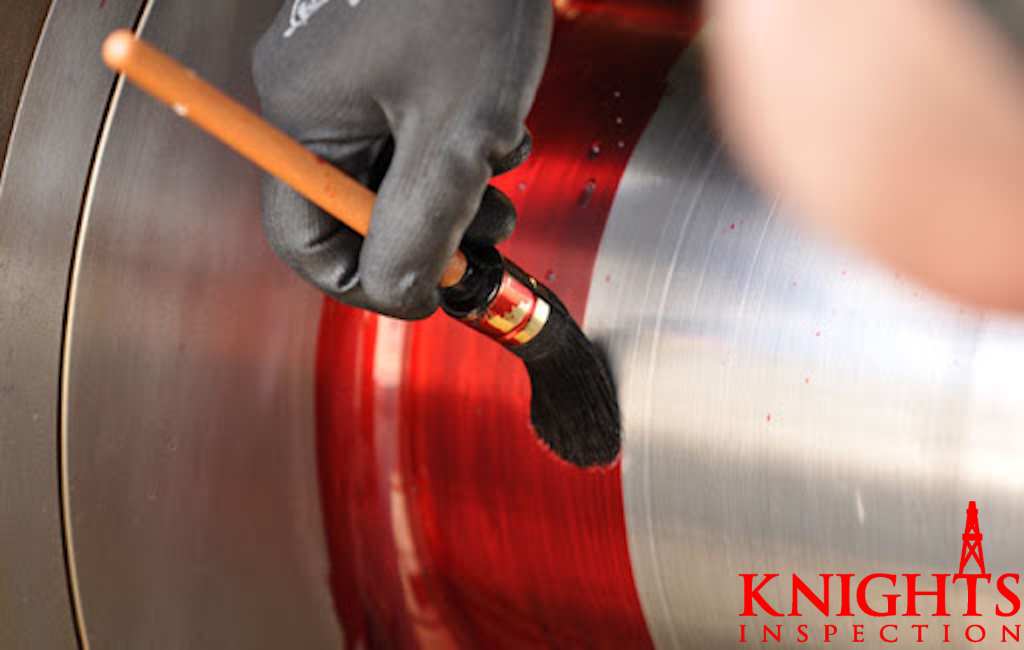SERVICES
OVERVIEW
LIQUID PENETRANT INSPECTION (PT)
Unlocking Hidden Defects: A Comprehensive Guide to Liquid Penetrant Inspection (PT) with Knights Inspection
Liquid Penetrant Inspection (PT) is a widely used non-destructive testing (NDT) method designed to reveal surface-breaking defects in a variety of materials. This versatile technique is employed across numerous industries, from aerospace and automotive to manufacturing and oil and gas. In this blog post, we’ll delve into the intricacies of Liquid Penetrant Inspection, exploring its principles, applications, and benefits, with a focus on the expertise provided by Knights Inspection.


Understanding Liquid Penetrant Inspection
Principles of Liquid Penetrant Inspection
Liquid Penetrant Inspection relies on the principles of capillary action to detect surface defects. The process involves applying a liquid penetrant to the surface of a material, allowing it to seep into any surface-breaking flaws. After a specified penetration time, excess penetrant is removed, and a developer is applied to draw out the penetrant trapped in the defects, making them visible for inspection.
Types of Penetrants
There are various types of penetrants available, each tailored to specific applications. This includes visible dye penetrants and fluorescent penetrants. Visible dye penetrants are suitable for well-lit conditions, while fluorescent penetrants are often used in low-light environments, with inspections conducted under UV light.
Prep Like a Pro with Knights Inspection
Applications of Liquid Penetrant Inspection
Liquid Penetrant Inspection plays a crucial role in ensuring the structural integrity of aircraft components. From turbine blades to fuselage joints, PT is employed to identify minuscule cracks or defects that could compromise safety.
Automotive Sector
In the automotive industry, Liquid Penetrant Inspection is used to assess critical components such as engine parts, welds, and castings. This helps ensure the quality and reliability of automotive components.
Manufacturing Processes
From weld inspections to quality control in manufacturing processes, Liquid Penetrant Inspection aids in identifying defects that may affect the performance and durability of a wide range of products.
Benefits of Liquid Penetrant Inspection
Sensitivity to Surface Defects
Liquid Penetrant Inspection is highly sensitive, capable of detecting surface defects that may be invisible to the naked eye. This makes it a valuable tool for quality assurance and preventive maintenance.
Cost-Effective and Time-Efficient
Compared to other NDT methods, Liquid Penetrant Inspection is often more cost-effective and quicker to perform. This makes it a preferred choice for routine inspections and large-scale manufacturing processes.
Versatility
Liquid Penetrant Inspection is applicable to a wide range of materials, including metals, plastics, and ceramics. Its versatility makes it a go-to solution for diverse industries.
What's Next: Advancements and Future Prospects
As technology strides forward, Magnetic Particle Inspection evolves too. Innovations in equipment, including digital imaging and automation, are making inspections faster and more accurate. Research continues to broaden the technique’s applicability to different materials and configurations, and Knights Inspection is at the forefront of these advancements.
Wrapping It Up
The End Of Play-by-Play of Inspection
Liquid Penetrant Inspection is a vital technique in the arsenal of non-destructive testing methods, contributing significantly to the safety and reliability of various industries. By understanding the principles, applications, and benefits of PT, professionals can make informed decisions to ensure the integrity of materials and components. Knights Inspection, with its expertise in the field, stands as a trusted partner in the pursuit of excellence in quality control and safety.

